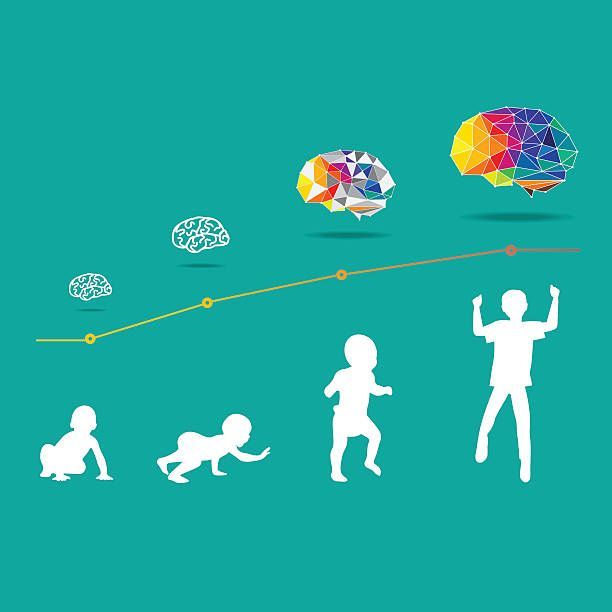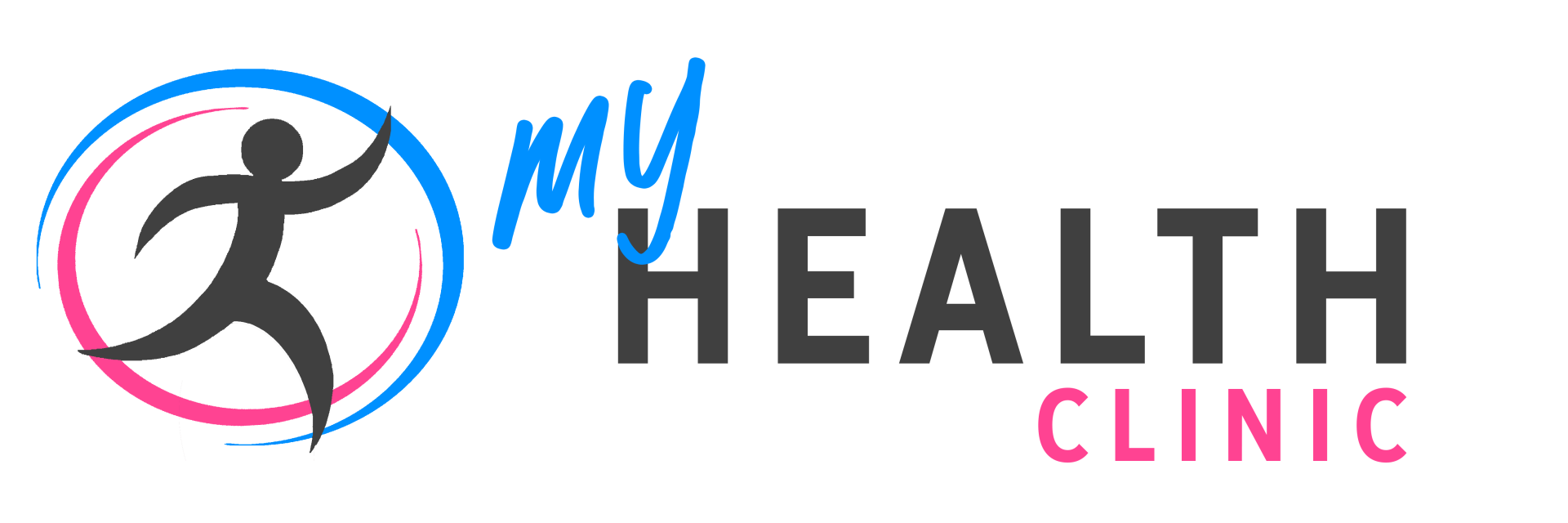Understanding Neck Pain, Cervical Spine Problems, and Whiplash Injuries Introduction
Neck pain is a common problem that can affect daily life, work, and sleep. In Australia, neck pain is among the leading musculoskeletal complaints, with causes ranging from poor posture and age-related changes in the cervical spine, to sudden trauma such as whiplash.
The good news is that most neck pain can be treated effectively without surgery. Evidence-based care—including physiotherapy, chiropractic treatment, remedial massage, occupational therapy, and lifestyle changes—forms the cornerstone of recovery. At our clinic, we provide this comprehensive, multidisciplinary approach to help you recover safely and effectively.
Common Causes of Neck Pain Postural Strain
- Prolonged desk work, device use (“tech neck”), or poor sleeping positions can overload the muscles and joints of the cervical spine.
- Symptoms often include stiffness, aching, or tension headaches.
Cervical Spine Degeneration
- Age-related changes such as arthritis or disc degeneration can lead to pain, stiffness, or nerve irritation.
- Sometimes, these changes contribute to arm pain, tingling, or weakness.
Whiplash Injuries
- Often caused by rear-end car accidents or sudden forceful movements.
- Symptoms can include neck pain, headaches, dizziness, shoulder pain, and even difficulty concentrating.
- The Australian Whiplash Guidelines recommend early movement, reassurance, and conservative care rather than prolonged rest or immobilisation.
Why Non-Surgical Care Comes First
Like low back pain, most neck problems improve with conservative, non-surgical treatment. Surgery is generally only needed for severe cases such as major nerve compression, spinal cord involvement, or when all other approaches have failed.
Research and clinical guidelines support:
- Physiotherapy for exercise therapy, education, and pain management.
- Manual therapy (including chiropractic adjustments) when used appropriately, especially in combination with active treatments.
- Massage therapy for short-term relief of muscle tension and pain.
- Occupational therapy for ergonomic adjustments and self-management strategies.
How Our Clinic Can Help
At our clinic, we provide a coordinated, evidence-based program for people with neck pain or whiplash:
Physiotherapy
- Tailored exercise programs to restore mobility, build strength, and improve posture.
- Education on pacing, ergonomics, and safe activity.
Chiropractic Care
- Gentle spinal mobilisation or manipulation when clinically appropriate.
- Aimed at restoring movement and reducing stiffness.
Remedial Massage
- Helps reduce muscle tension, improve circulation, and ease pain.
- Complements physiotherapy and chiropractic treatments.
Occupational Therapy
- Workplace and lifestyle assessments to reduce aggravating factors.
- Training in safe daily activities to protect your neck.
Dietitian Support
- Advice on reducing inflammation and supporting healing through nutrition.
- Guidance on weight management, which can reduce strain on the spine.
Preventing Recurrence
The best long-term outcomes come from active strategies and lifestyle changes, including:
- Regular stretching and strengthening exercises.
- Maintaining good posture at work and home.
- Adjusting computer or workstation ergonomics.
- Staying physically active to support overall spinal health.
Our team works with you to not only treat pain but also build resilience against future episodes.
Conclusion
Neck pain, cervical spine conditions, and whiplash injuries can be distressing—but surgery is rarely needed. With the right non-surgical care, most people make a strong recovery.
At our clinic, we combine physiotherapy, chiropractic, remedial massage and occupational therapy to provide a complete, evidence-based approach tailored to your needs.
If you’re experiencing neck pain or recovering from whiplash, don’t wait for it to get worse.
Book an appointment with our multidisciplinary team today and take the first step towards lasting relief.




